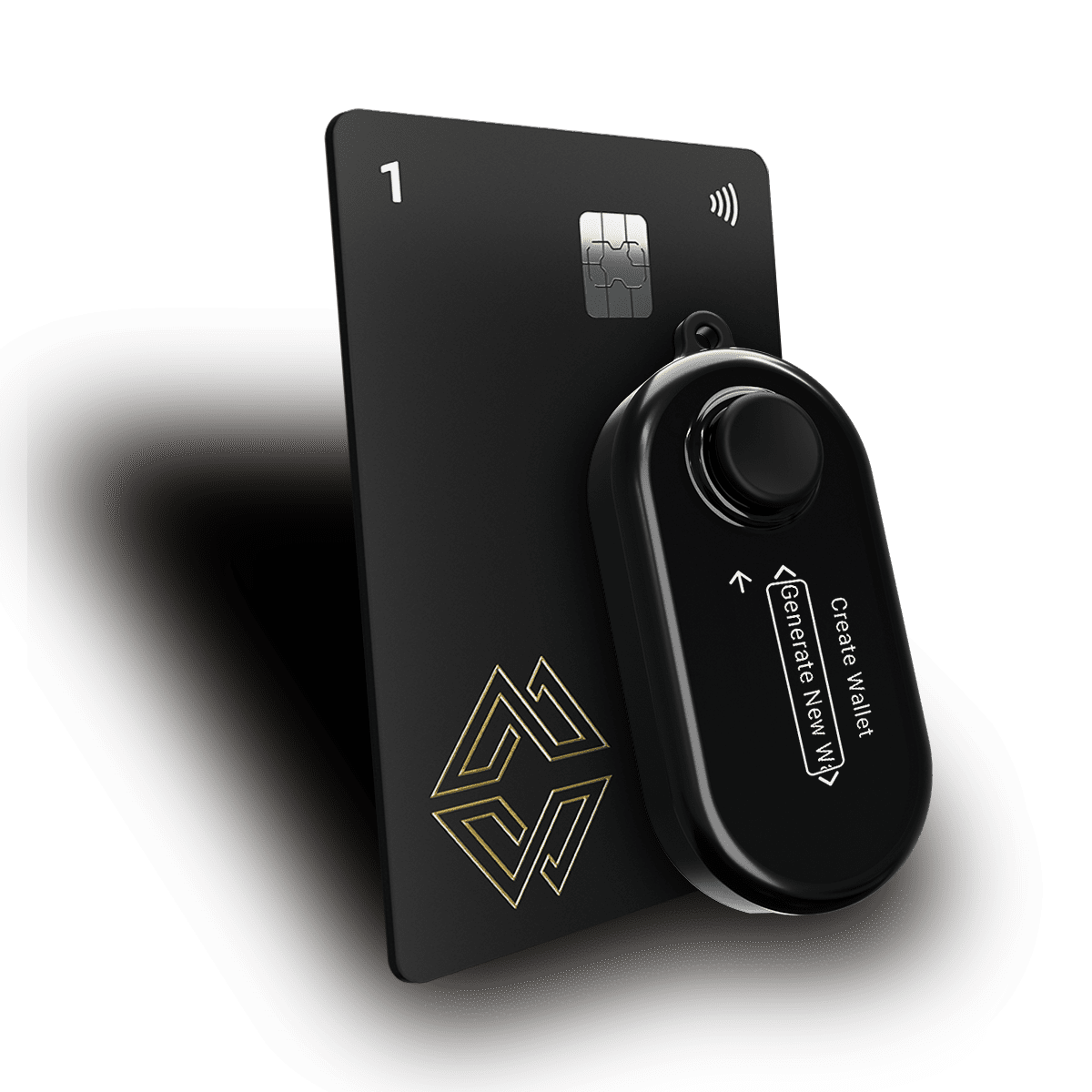

The advent of blockchain technology has brought forth innovative ways of organizing and governing communities. One of the most notable developments in this realm is the emergence of Decentralized Autonomous Organizations (DAOs). DAOs represent a new paradigm in organizational structures, challenging the traditional hierarchical models that have dominated for centuries. In this blog post, we will delve into the world of DAOs and traditional organizations, examining their differences, advantages, and potential impact on the future of governance and collaboration.
Traditional organizations have long been the cornerstone of the global economy. Whether corporations, government agencies, or non-profit organizations, they typically operate under a centralized hierarchical structure. Decision-making power is concentrated at the top, with leaders and managers responsible for setting goals, allocating resources, and overseeing day-to-day operations. Employees or members play specific roles within the organization, carrying out tasks as assigned by their superiors.
Traditional organizations have proven to be effective in various ways. Their hierarchical structure allows for clear lines of authority, enabling efficient decision-making and task allocation. Moreover, the accountability within these organizations rests with designated individuals who bear the responsibility for outcomes. This centralized control also ensures compliance with regulations, policies, and standards.
However, traditional organizations also have limitations. Hierarchical structures can hinder agility and innovation, as decisions often take time to reach the appropriate levels. Moreover, power imbalances can lead to bureaucratic inefficiencies, reduced employee engagement, and a lack of transparency. Furthermore, traditional organizations can be susceptible to corruption, as decision-making can be influenced by personal agendas rather than the collective interest.
DAOs, on the other hand, present a novel approach to organizational design. They leverage blockchain technology and smart contracts to establish transparent, decentralized, and self-executing systems. DAOs are typically governed by a community of stakeholders, who collectively make decisions through consensus mechanisms. These stakeholders can include employees, customers, investors, or any interested participants.
Firstly, their decentralized nature fosters greater transparency, as all transactions and decisions are recorded on a public blockchain, ensuring accountability. This transparency reduces the risk of corruption and fraud, as stakeholders can independently verify the organization’s activities.
Secondly, DAOs empower participants by providing them with direct influence and decision-making power. Rather than relying on a select few leaders, decisions are made through voting or consensus mechanisms, ensuring a more inclusive and democratic process. This increased involvement can enhance engagement and motivation among members, leading to more innovative solutions and increased productivity.
Thirdly, DAOs can facilitate a more efficient allocation of resources. Through smart contracts, funds can be automatically distributed based on predefined rules and criteria. This eliminates the need for intermediaries and reduces administrative costs. Additionally, DAOs can leverage the expertise and diversity of their stakeholders, potentially attracting a wider range of talent and perspectives.
While DAOs hold significant promise, they also face challenges and considerations. One major hurdle is the lack of legal frameworks and regulatory clarity surrounding DAOs. As they operate on a decentralized infrastructure, it can be difficult to determine the legal jurisdiction and accountability in case of disputes or unlawful activities. Developing appropriate governance mechanisms and regulatory frameworks will be crucial to ensure the long-term viability and acceptance of DAOs.
Another consideration is the scalability and technical limitations of blockchain technology.
Currently, blockchain networks face scalability issues, with limitations on transaction speed and volume. As DAOs grow in size and complexity, these limitations may hinder their ability to operate effectively. However, ongoing research and development in blockchain technology aim to address these challenges, providing potential solutions for future scalability.
The rise of DAOs has the potential to revolutionize the way organizations are governed and collaborate. By enabling decentralized decision-making and empowering stakeholders, DAOs can promote a more equitable and inclusive approach to governance. This can have far-reaching implications across various sectors:
DAOs represent a disruptive force in the realm of organizational design and governance. By leveraging blockchain technology and decentralized decision-making, DAOs offer transparency, inclusivity, and the potential for more efficient resource allocation. While still in their early stages, DAOs have the potential to challenge and reshape traditional organizational structures, empowering stakeholders and fostering collaboration. However, challenges such as legal frameworks and technical scalability must be addressed for DAOs to fully realize their potential. As we navigate the evolving landscape of decentralized organizations, it is crucial to explore and understand the implications of DAOs in shaping the future of governance and collaboration.

We are live for orders @ www.cypherock.com/product/cypherock-x1
Connect with us:
Twitter :twitter.com/CypherockWallet
Telegram: t.me/cypherock
